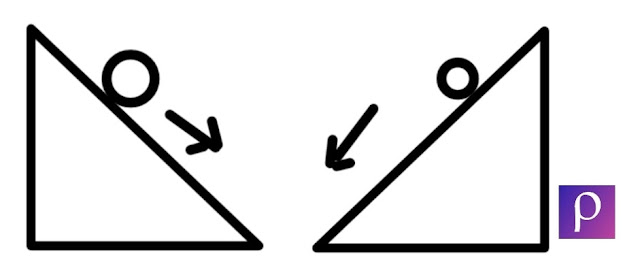Introduction
You’ll find after reading the reason that this question is very easy but this question was very controversial (in earlier times) because much more things were not available at that time for experiments.
let’s understand this by what two legend philosophers “Aristotle and Galilio” said about it .let’s see who is right and who is wrong.
Aristotle
Earlier, most people believe in Aristotle. He experimented with it by dropping a feather and a coin at the same time. A coin that has more weight, touched ground faster than a feather. He concluded from his experiment that heavier objects fall faster than lighter objects because it has more mass which means more gravitational pull.
Galileo
what he really did was that he rolled balls of different weights on a smooth slope.
It is almost the same as dropping bodies vertically. He did it because it was easy to observe that which one touches the ground first as the speed of objects would be very less and observing which stone Falls first from Leaning Tower of Pisa or any building was very difficult as the speed of the stone would be very much.
Galileo observed that each body increased its speed (accelerated) at the same rate irrespective of its weight.
Why did Aristotle fail?
In Aristotle’s experiment, the coin would definitely fall faster than the feather because the feather is slowed down by resistance caused by air.
If anyone drops two objects of different weights and if the resistance experienced by both of them is almost the same then both the objects will touch the ground at the same time and the acceleration will also be equal.



Post a Comment